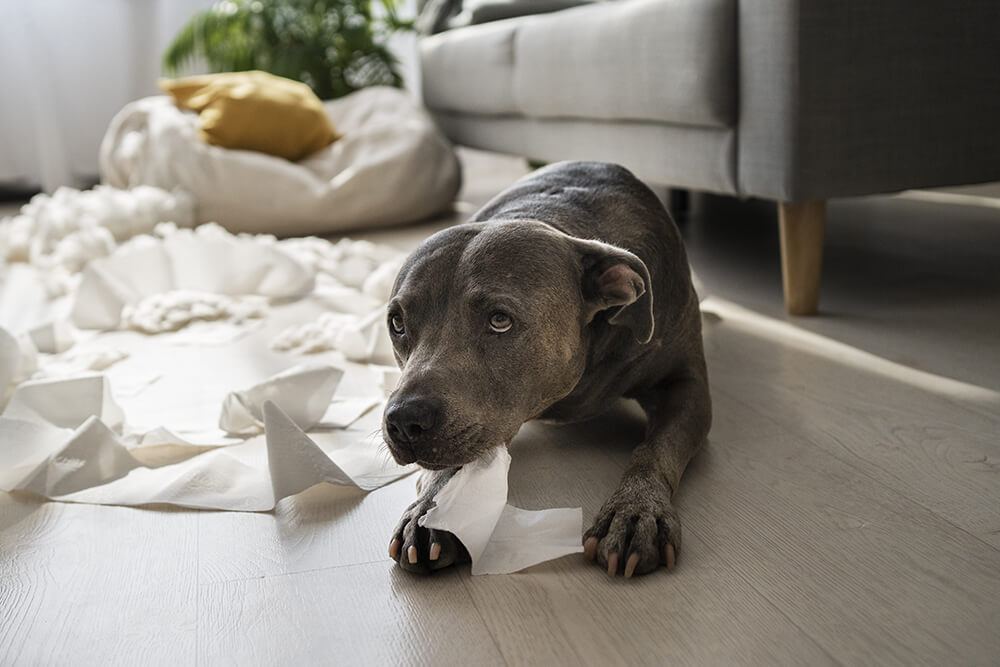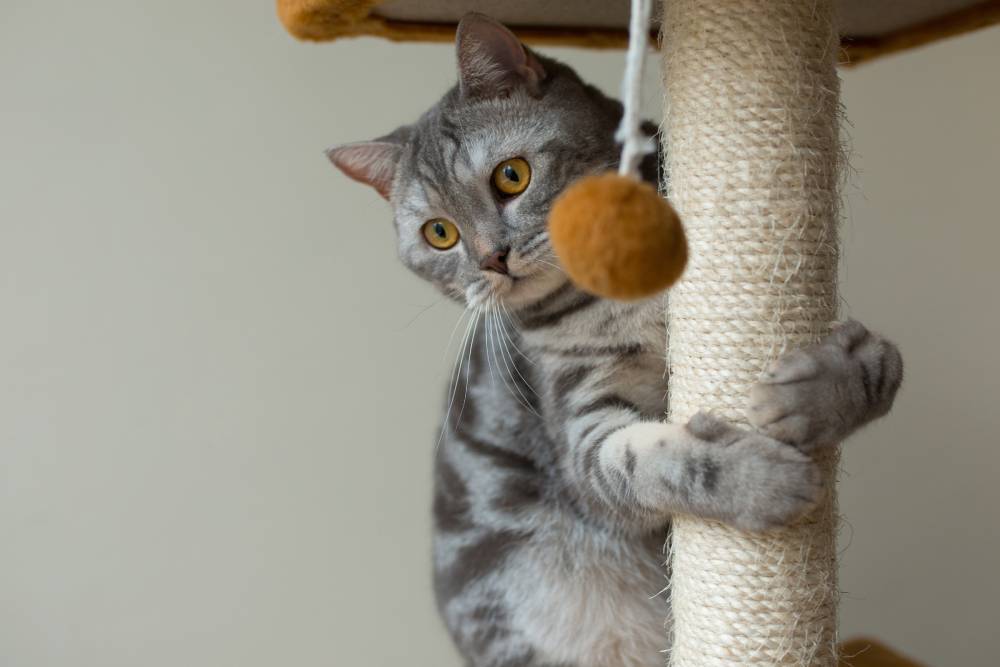Most of you will be surprised to read that around 40% of pet dogs suffer from anxiety, and most of the time, it's separation anxiety. If you suspect your canine friend is behaving strangely nowadays, continue reading. This article will help you diagnose separation anxiety and enable you to help your dog overcome this condition.
What Is Dog Separation Anxiety?
When a dog becomes upset, worried, or anxious when left alone and develops destructive behavior, the condition is called separation anxiety. This generally happens when the person they like (or bonded with) departs, and the dog believes he has been abandoned.
Signs Of Separation Anxiety / Understanding Separation Anxiety In Dogs?
Initially, the dog refuses to eat and becomes panicky and anxious. If not treated, the dog will progress to severe form and will show signs like:
- Excessive barking
- Pacing
- Excessive salivation or panting
- Scratching or digging, especially at doors or windows
- Howling
- Obsessive or repetitive behavior
- Self-harming behavior
- Chewing furniture, shoes, sofa etc.
- Accidents in the house
- Escape attempts
The above signs are present in many other conditions, too. So you should also look for the following factors.
- The dog only exhibits the signs or behaviors mentioned above when left alone, not when its owner is present.
- The dog was rehomed, abandoned, or he lost his parent due to death or any other reason.
- The dog follows you everywhere in the house and is not ready to leave you even briefly.
- He begins to get anxious when you are getting ready to go out.
- When the owner returns home (even after a short interval), the dog greets its owner with warmth as if it has not seen its owner for a long time.
Tips To Help Your Dog Overcome Separation Anxiety
-
Rule Out Other Causes
Some of the signs mentioned above can be due to some medical condition, so visiting a vet with your canine friend is crucial to rule out any medical reason.
-
Independence Training
Once you are sure your canine friend has no underlying medical issue, the first step is slowly getting your dog used to being alone. While going out for short intervals for daily chores, leave your dog home to get him accustomed to being alone. Then, gradually keep on increasing the time you spend outside. This will help your dog get used to being alone when you are not at home.
-
No More Warm Goodbyes And Hellos
Avoid too much caressing, kissing, or cuddling when you go out or come home. Going out or returning should be a routine for your canine friend, and try to make him accustomed to it from day one. If you become too emotional while going out, there is a higher risk that your dog will be more fearful of your absence.
So it's enough to say goodbye and leave calmly. Similarly, don't try to be overly affectionate when you return home. Take your time; drink water, remove your shoes, and then say hi to your dog (after he has calmed down). Your dog will soon learn that he will only get your attention when he is calm and relaxed.
-
Positive Reinforcement (Toys & Treats)
While going out, leave some interactive toys and food puzzles at home to keep your dog engaged and make the time alone at home interesting. Similarly, after your return, once your dog calms down, say hi and offer a treat. This is a strategy to divert your dog's attention from your presence or absence to the reward. Note that you should never provide the toys when you are at home to maintain the dog's interest when you are outside.
-
Redefine Departure Cues
Some dogs start to get anxious when they see you getting ready. In such cases, making them redefine the meaning of such cues is crucial. For example, change your dress, comb your hair, put on shoes, or ring the keys, but don't go out or enter or exit the door repeatedly. Soon, the dog will stop relating these things to your departure and will not panic while seeing you get ready.
-
Exercise And Entertainment
Taking your canine for an outdoor walk for 20–40 minutes before you leave the house is a great way to keep him calm at home. Later, interactive toys and food puzzles will deplete his energy reserve, and a tired dog will spend most of his time sleeping, which will keep him mentally relaxed. Remember, make sure to use a comfortable and durable collar and leash.
-
Leave The Radio On
Select a radio station that broadcast back-to-back talk shows and leave the radio on when you leave the house. The human voices will not let him feel alone, thus minimizing the incidence of separation anxiety.
-
Pet Sitter Or Pet Walker
Although not everyone can afford one, a professional pet sitter can be helpful. He cares for your canine friend in your absence and helps him overcome separation anxiety.
-
Call A Vet
The above tips work for most dogs. However, some dogs with severe separation anxiety need medicine. So don't delay contacting a veterinarian if you think the tips above aren't working for your dog.






